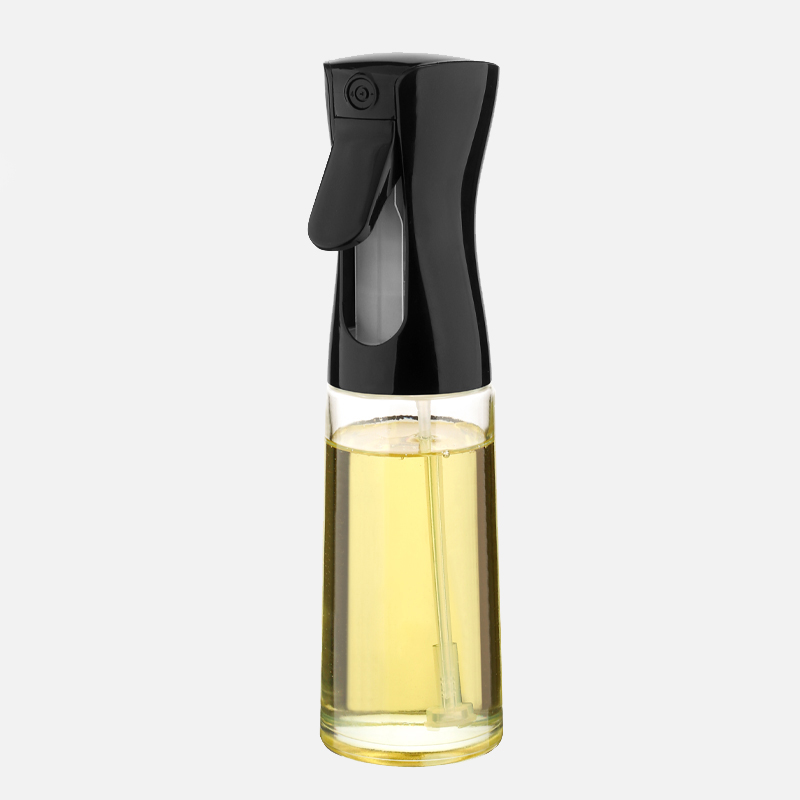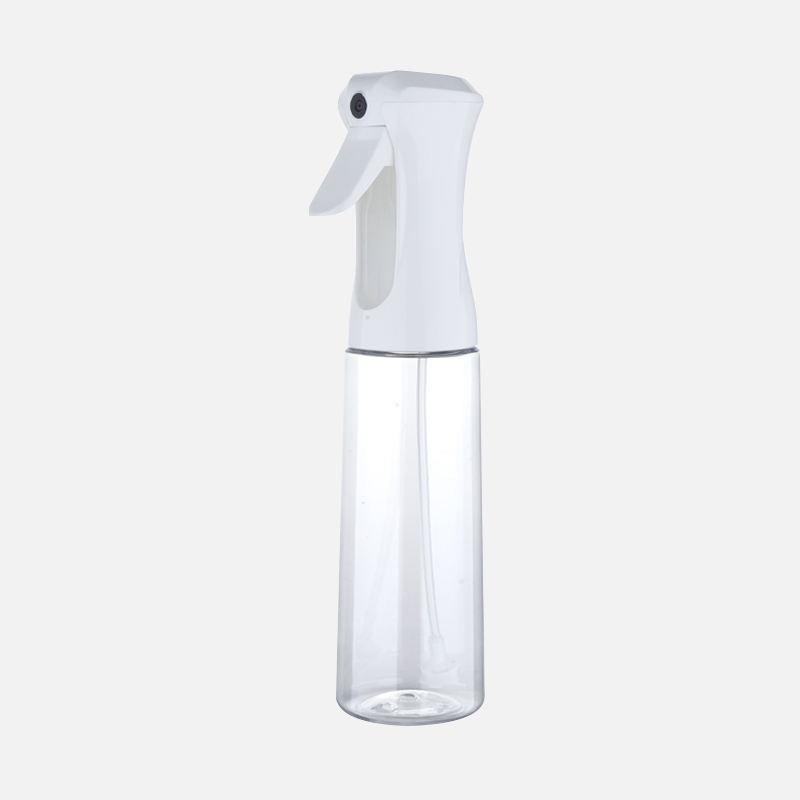Most sprayer bodies are made of polypropylene (PP), but other parts of the nebulizer can be made of a variety of plastics, including high-density poly-Zene (HDPE), low-density polyethylene (LDPE), or polyethylene terephthalate Alcohol Esters (PET).
While some customers require dispensing strong acids/bases or oily chemicals, chemical compatibility testing should be performed in these cases. If applicable, usually perform an immersion test, disassemble the trigger sprayer sample (or ask the supplier to send a detached component), and remove all critical parts that may come into contact with chemicals during use, including nozzle caps, nozzle valves, cylinders, springs, pistons, valve ball, dip tube. Soak the components in the relevant chemicals for 24-48 hours, then measure the dimensions of the components to check for expansion or contraction. Finally, the components are assembled into a finished product and tested for performance. A simplified method is to use the trigger spray pump a few times and leave the chemical in the trigger spray after use. Retest after 24-48 hours to check for blockages, leaks, or other functional defects.

 English
English 中文简体
中文简体 Tiếng Việt
Tiếng Việt







 :
: